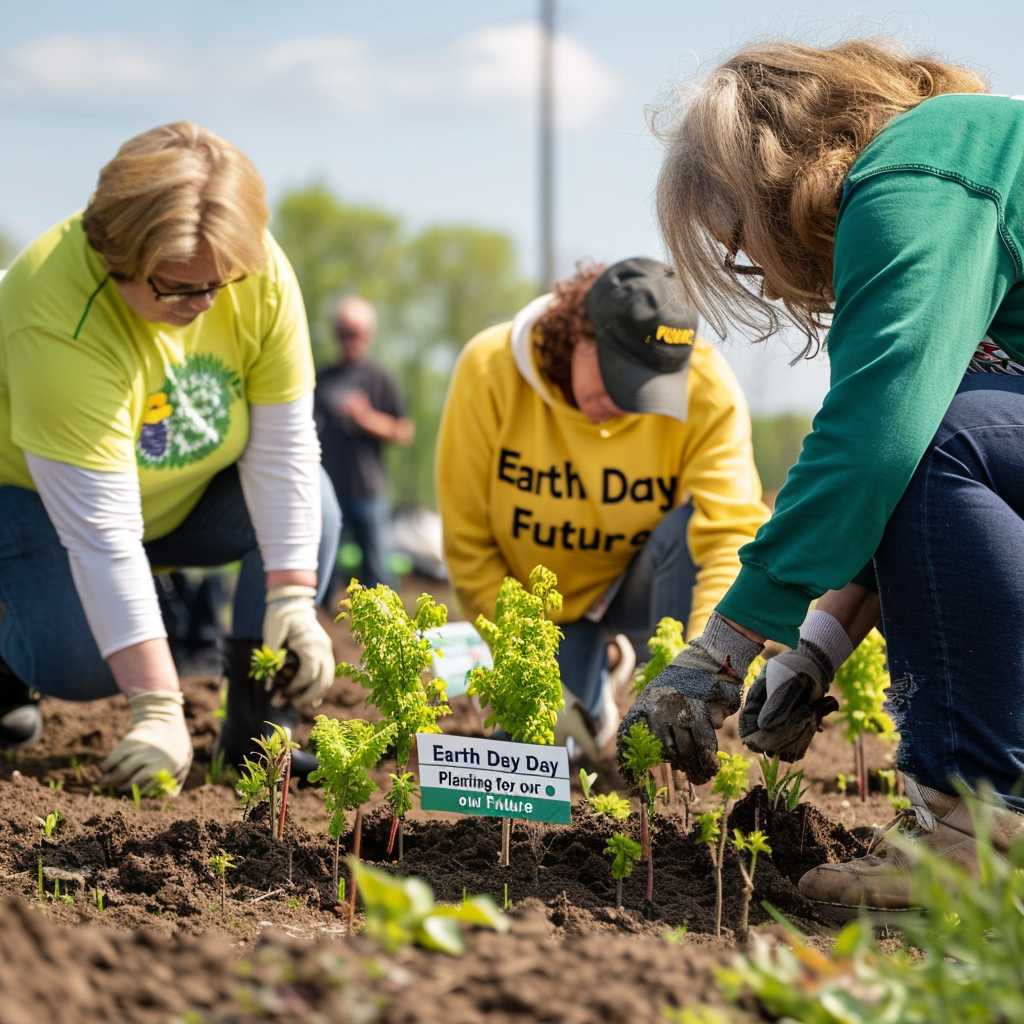Understanding Earth Day: A Commitment to Environmental Protection
Earth Day is an annual event celebrated on April 22 intended to support environmental protection efforts worldwide. It’s a day that encourages awareness and appreciation of the planet’s natural environment. Earth Day represents a collective expression of public will to create a sustainable society and has grown to become one of the largest secular observances in the world, with more than a billion people taking part in activities each year.
History of Earth Day
Earth Day was first celebrated in 1970, spearheaded by Wisconsin Senator Gaylord Nelson and Harvard University student Denis Hayes. Inspired by the protests of the 1960s, Earth Day began as a “national teach-in on the environment” in the United States. It aimed to address public concerns about living in a polluted environment, which at the time, included massive oil spills, smog, and polluted rivers undone by involvement from major industries.
The initial initiative quickly garnered bipartisan support and led to the creation of the United States Environmental Protection Agency (EPA), as well as significant legislation such as the Clean Air Act, Water Quality Improvement Act, and Endangered Species Act—all extensive policies designed to protect air, water, and biodiversity in the country.
The success of this movement led to the observance of Earth Day becoming a global event in 1990, reaching out to 200 million people in 141 countries. From then on, Earth Day has been embraced by nations worldwide.
Significance and Themes Over the Years
Each year, Earth Day comes with a theme that reflects an urgent environmental issue. Some examples include “End Plastic Pollution” (2018), which spotlighted our growing reliance on plastics and the detrimental impacts they have on natural ecosystems; “Protect Our Species” (2019), focusing on biodiversity loss; and “Climate Action” (2020), emphasizing the critical need for reducing greenhouse gas emissions.
Global participation allows each community to tackle these immense challenges locally while contributing to comprehensive global efforts to restore ecological balances.
Earth Day Activities and Initiatives
Activities around Earth Day vary from peaceful demonstrations and community clean-ups to tree-planting drives and recycling campaigns. Environmental organizations use this day to push forward their agendas by promoting laws and policies that facilitate sustainable development.
Technology has empowered Earth Day celebrations through digital media platforms; helping to spread environmental messages more effectively. Schools often engage students by teaching subjects such as ecology, responsible consumption, and ways humans can live in harmony with nature.
Corporations participate too by engaging with their individual corporate social responsibility initiatives, introducing green policies or practices that are intended to help their employees and customers become more aware of their impact on the environment.
Additionally, petitions for policy changes or urgent environmental issues are often prominent features as well.
Challenges Faced and Controversies Related to Earth Day
Despite many achievements attributed to its founding and annual observance, Earth Day faces challenges such as waning interest from younger generations amid numerous concerns vying for attention on social platforms. Competing events or news may sometimes overshadow it, leading to calls for reinvigorating its significance.
Moreover, critics sometimes claim that Earth Day has become commercialized—that some companies align with it superficially for positive branding rather than genuinely committing to environmental stewardship.
Global Impact of Earth Day
Nonetheless, Earth Day’s impact remains notable. Governments also recognize this day by signing environmental policies or committing to international agreements—as observed when Paris Agreement was signed on Earth Day 2016.
Furthermore, success stories from local action inspired through Earth Day cumulatively affect broader ecological patterns. Grassroots organizations have cited progress such as increased recycling rates, vast reforestation projects, cleaner city planning design, ecosystem restorations, reduction policies for single-use plastics, and greater advocacy towards green energy solutions on local scales—all frameworks which trickle up to influence national positions within international platforms pertaining to climate change and sustainability.

